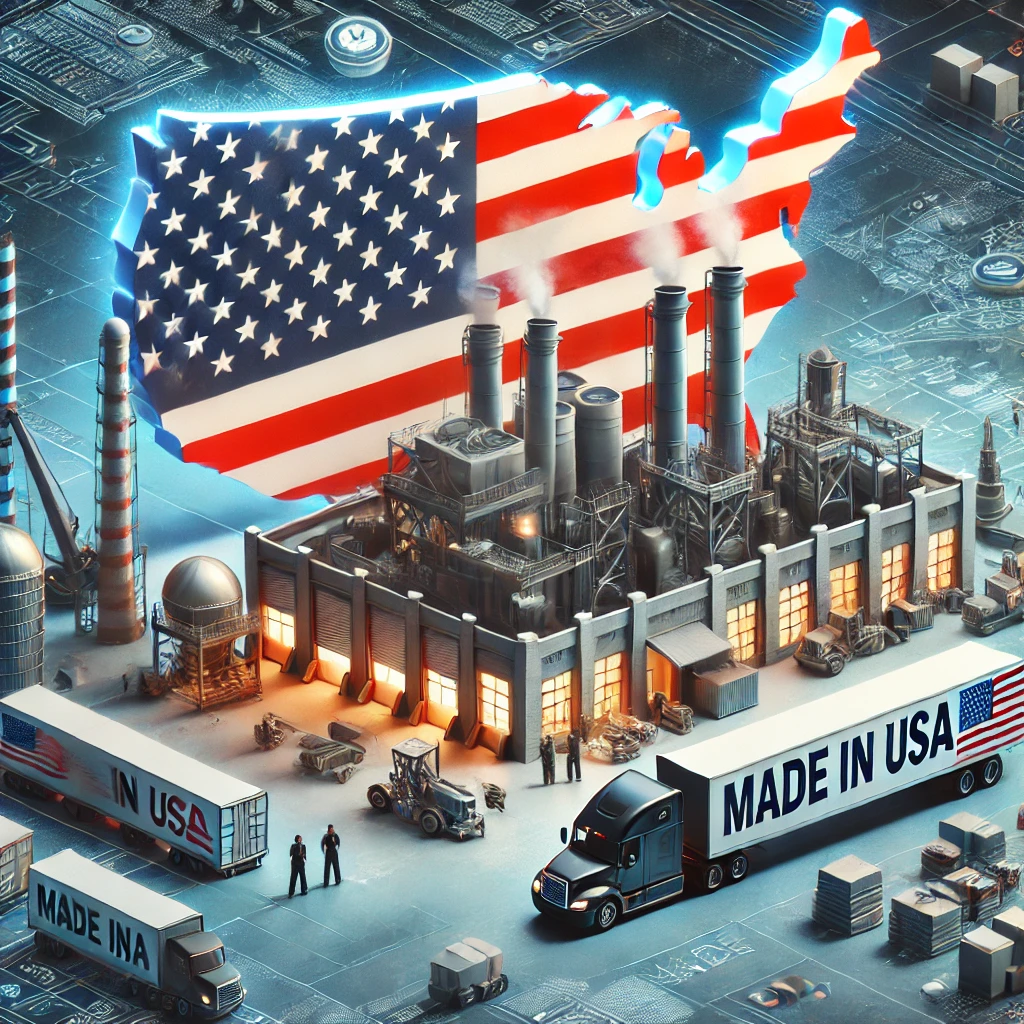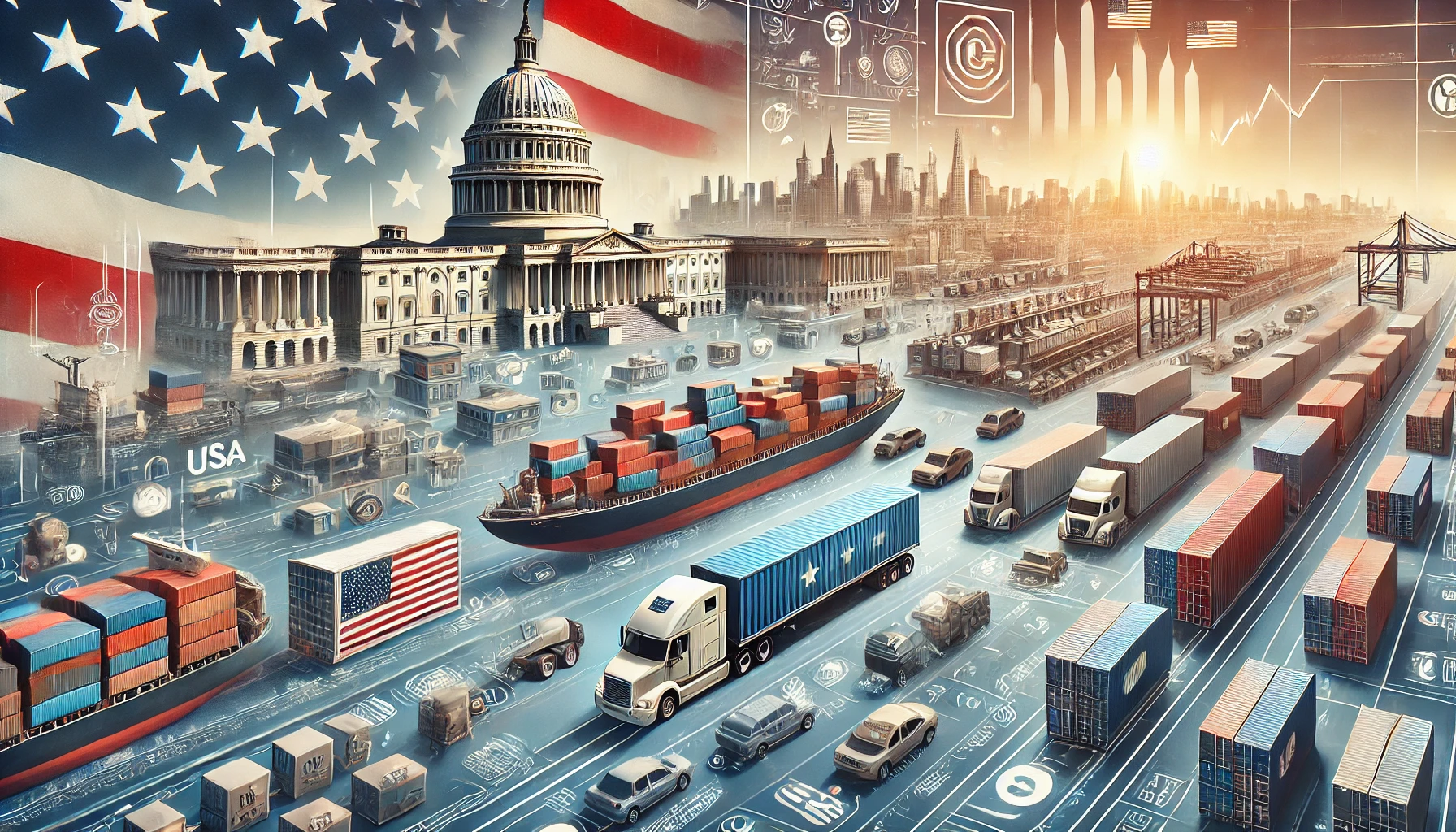Strategic Vendor Sourcing as the Key to Supply Chain Optimization

In today’s fast-changing global market, effective vendor sourcing isn’t just a cost-saving tool—it’s the foundation for resilient supply chains. Are you leveraging its full potential?
The Strategic Importance of Vendor Sourcing
The procurement landscape has evolved dramatically in recent years, with supply chain disruptions exposing vulnerabilities across industries. Strategic vendor sourcing has emerged as a critical practice to address these challenges. This approach focuses on building long-term, value-driven partnerships rather than transactional supplier relationships. When executed effectively, strategic sourcing reduces costs, mitigates risks, and strengthens supply chain performance.
Cost Savings Through Smarter Sourcing
One of the most significant benefits of strategic vendor sourcing is cost optimization. Companies that proactively negotiate contracts and evaluate supplier pricing structures can reduce expenses without compromising quality. Competitive bidding, volume-based discounts, and partnerships with reliable vendors ensure businesses get the best value. For example, organizations that build strong relationships with local or regional suppliers often find that the benefits of reduced lead times and transportation costs outweigh the marginal price differences compared to offshore suppliers.
Risk Mitigation in Procurement
Supply chain risks—ranging from geopolitical tensions to unpredictable price fluctuations—demand more than reactive solutions. Strategic vendor sourcing minimizes these risks by enabling businesses to diversify their supplier base and establish clear expectations through performance metrics. Strong supplier relationships also help businesses adapt to disruptions more quickly. For instance, vendors with robust infrastructure and transparent processes can deliver consistently, even during volatile market conditions.
Leveraging Technology for Vendor Selection
Modern procurement relies heavily on technology to streamline sourcing decisions. Advanced platforms provide tools for real-time supplier performance tracking, automated workflows, and competitive bidding. These platforms reduce manual effort while increasing transparency in the procurement process. Supplier dashboards, for example, allow procurement teams to analyze key metrics like delivery timelines, cost trends, and product quality. This data-driven approach empowers businesses to make informed sourcing decisions that align with long-term goals.
Enhancing Vendor Relationships
Strong supplier relationships drive collaboration, which leads to innovation and efficiency. Strategic sourcing prioritizes long-term partnerships that align supplier capabilities with business objectives. Vendors who feel valued are more likely to invest in the partnership, providing better service, flexibility, and innovation. Companies like La-Z-Boy and LEGO, which emphasize close collaboration with their suppliers, have seen significant improvements in operational efficiency and supply chain resilience.
The Role of Vendor Performance Management
Vendor performance management is crucial for ensuring that suppliers meet expectations over time. This process involves setting clear Key Performance Indicators (KPIs) tied to strategic goals, such as on-time delivery rates, quality control metrics, and cost containment. Regular performance evaluations, combined with feedback and action plans, ensure continuous improvement. Businesses that proactively manage vendor performance can adapt to changing market conditions with agility and confidence.
Additional Reading







